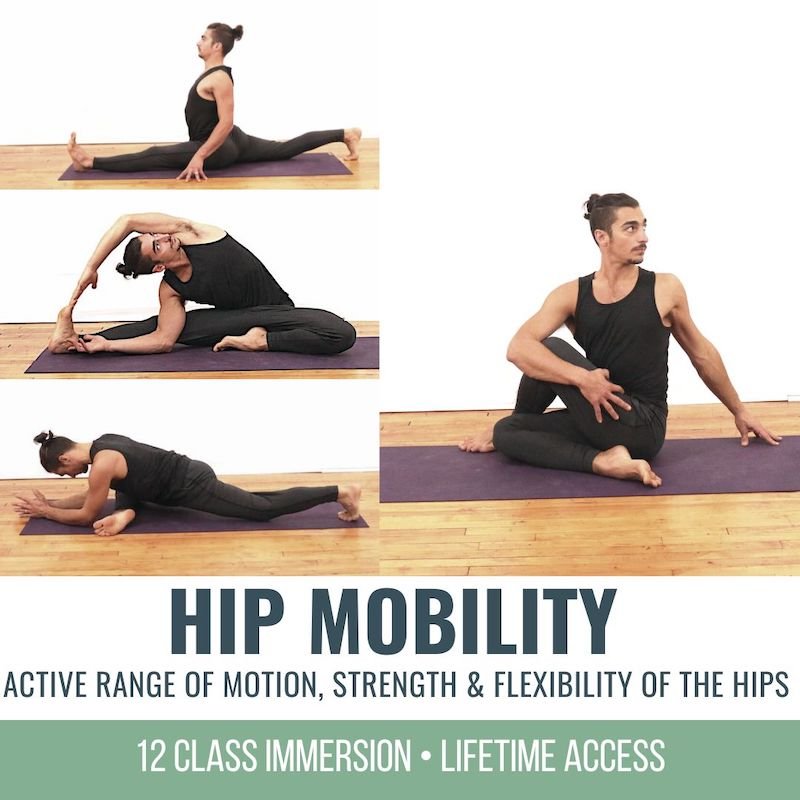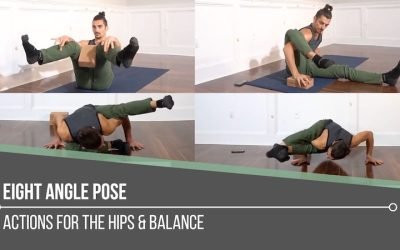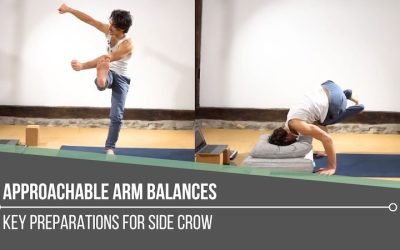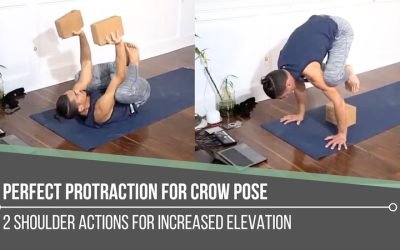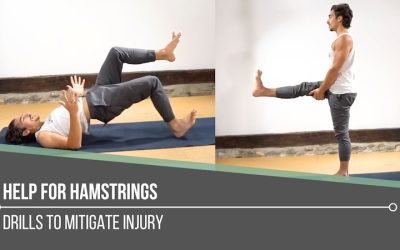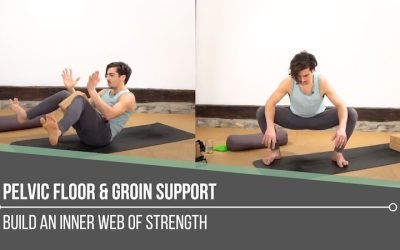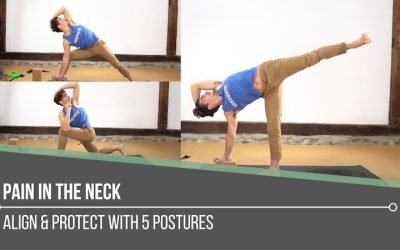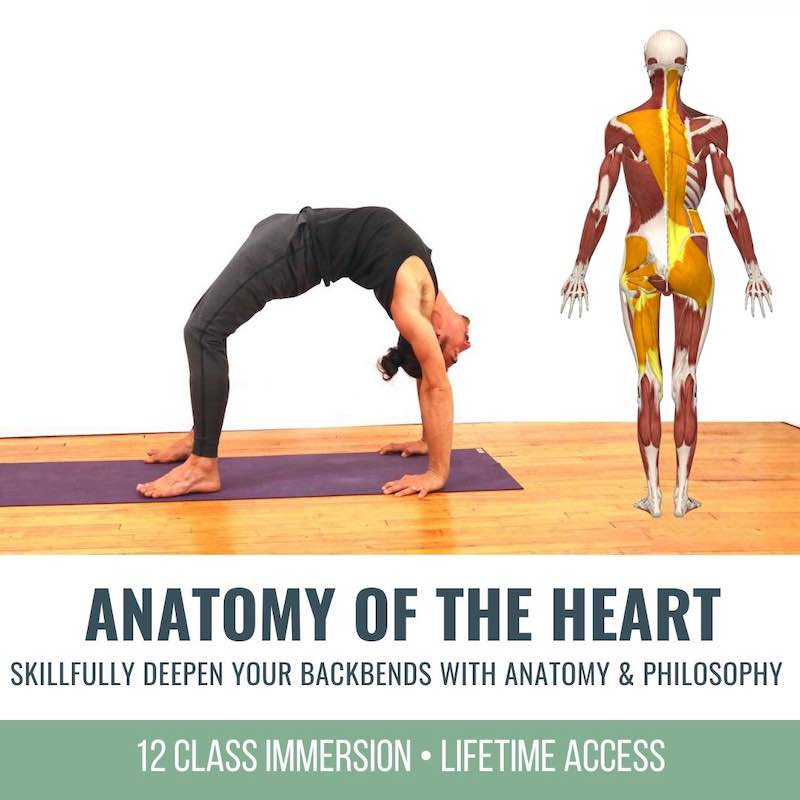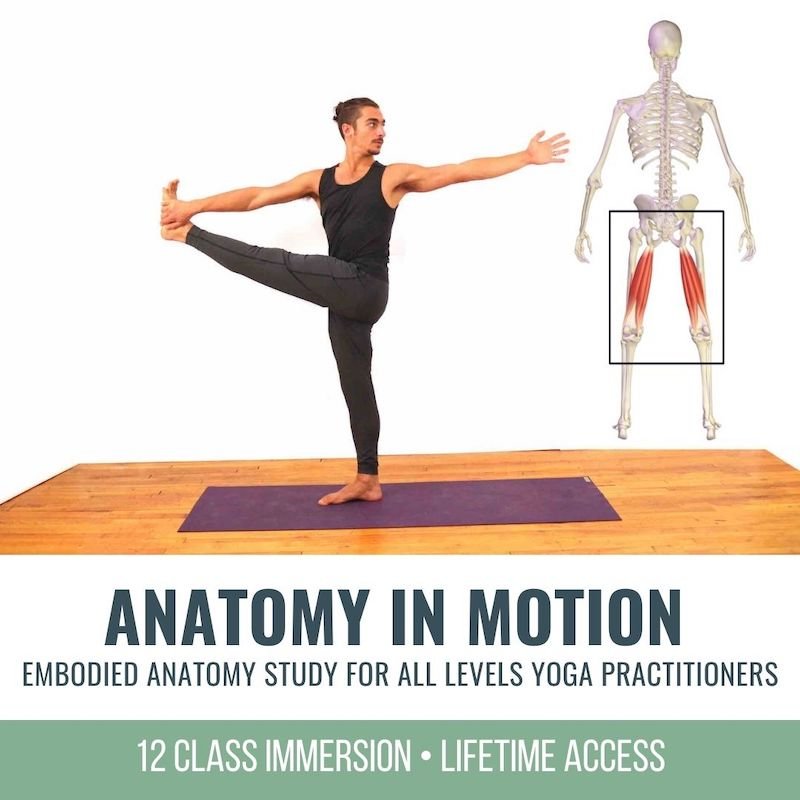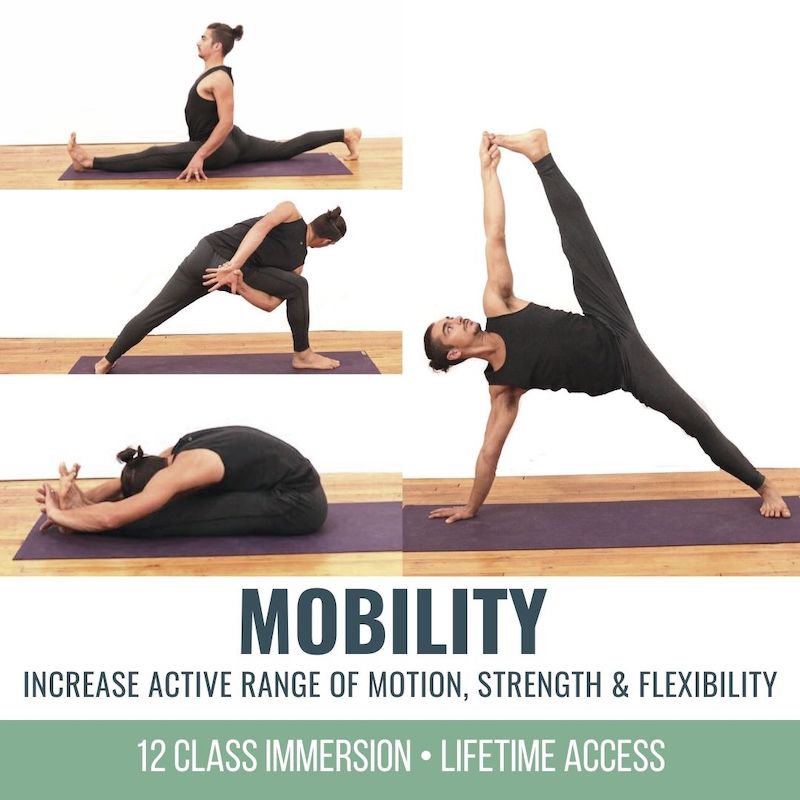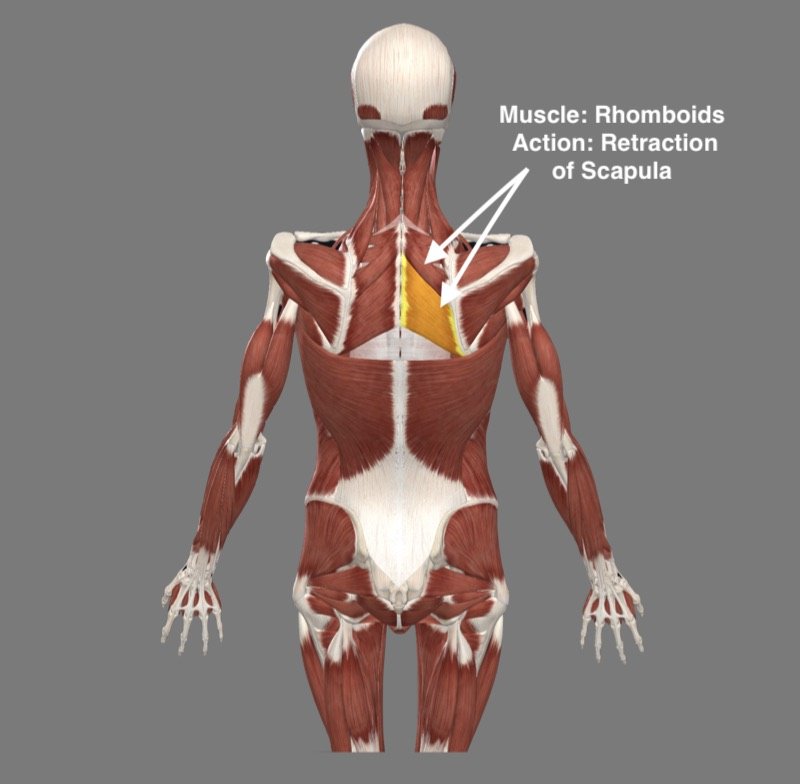Eight Angle PoseASTAVAKRASANAEIGHT ANGLE POSE Sometimes we think arm balances are about getting higher, but Matt reframes Eight Angle pose as a mechanics workshop. This posture thrives when we test rotation, pelvic placement, and upper-body stability as interconnected...
theyogimatt on deep rooted bliss podcast
DEEP ROOTED BLISS PODCAST INTERVIEW
FINDING FULFILLMENT AS A YOGA TEACHER & ENTREPENEUR
COURAGE
DEEP ROOTED BLISS INTERVIEW
OVERCOMING BURNOUT AND FINDING FULFILLMENT AS A YOGA TEACHER
In 2014 Rebecca Doring, founder and host of the Deep Rooted Bliss Podcast, came to me seeking support. At that time, I had just launched what became my first online offer, called “The Mentorship Mastery Program.” My time mentoring Rebecca was as important to my growth as it was to hers. We were both on the path toward making huge shifts in our career, but of course we didn’t know that at the time. Rebecca went from full-time massage therapist to full-time yoga instructor to where she is today: meditation coach, podcast host, and online entrepreneur.
As for me, in this time I went from teaching full-time in Manhattan to leading workshops and trainings around the US, Europe, and Asia to where I am now, leading online yoga immersions and 200-hour and 300-hour teacher trainings.
Following your passion, your dreams and authentic expression is not as glorious as it seems.
Today, business coaches, entrepreneurs, and yoga teachers alike will glorify self-employment, making it seem like the grass is always greener when you can work for yourself. And indeed I can’t disagree, but if you are thinking of making the leap, or if you already have done so, there are some things you should definitely consider. In this podcast, Rebecca and I discuss some of the struggles of being a yoga instructor and/or entrepreneur, and what you can do to to achieve success without burnout.
I highly recommend subscribing to Rebecca’s podcast, Deep Rooted Bliss, on your favorite place to listen to podcasts. I personally listen in weekly to get inspired to live my life on purpose. She provides incredible insight for meditation, personal growth, and living a life filled with bliss.
LISTEN TO THE PODCAST WITH REBECCA DORING AND MATT GIORDANO
UPCOMING ONLINE EVENTS & TEACHER TRAININGS
HIP MOBILITY
October 2022 Immersion
- Strengthen and lengthen your hips
- Increase active and passive range of motion
- Learn anatomical techniques to improve functionality
- Access a wider range of seated postures and hip openers
- 12 Classes: All levels appropriate
- Lifetime unlimited access to all
- Attend the livestream OR practice the replays any time that’s convenient for you
$148.00
FREE VIDEO & BLOG TUTORIALS
Eight Angle Pose
Approachable Arm Balances
Approachable Arm BalancesPARSVA BAKASANAAPPROACHABLE ARM BALANCES Approachable arm balances aren’t about fearlessness; they’re about informed action. When we understand the mechanics behind the posture, we gain the power to shape our own outcomes. Rather than jumping...
Perfect Protraction For Crow Pose
Perfect Protraction For Crow PoseBAKASANAPERFECT PROTRACTION FOR CROW POSE When working toward perfect protraction for Crow Pose, it’s essential to understand the role of the serratus anterior, the “fingertip” muscles that wrap around the rib cage and attach to the...
Help For Hamstrings
Help For HamstringsFLEXIBILITYHELP FOR HAMSTRINGS “Yoga butt” or high hamstring tendonitis can be a literal pain where the sit bones meet the hamstrings and glutes. This area is prone to overuse injuries, especially when repetitive forward folds overstretch rather...
Pelvic Floor and Groin Support
Pelvic Floor & Groin SupportCOREPELVIC FLOOR AND GROIN SUPPORT Pelvic floor instability can quietly influence how we move and how safe we feel in our practice. Weakness or imbalance here may lead to groin strains, hip discomfort, or even low-back issues....
Pain In The Neck
Pain In The NeckSTABILITYPAIN IN THE NECK A pain in the neck can be more than just an annoyance. It can ripple into the shoulders, spine, and even the jaw, creating discomfort that affects the whole body. Often, this pain stems from subtle misalignments: a chin that...
THE FREE TECHNIQUE PACK
When You Subscribe, You Will Get Instant Access to
- the Technique Pack: 15 yoga pose breakdowns
- exclusive online course discounts
- exclusive blogs and videos

